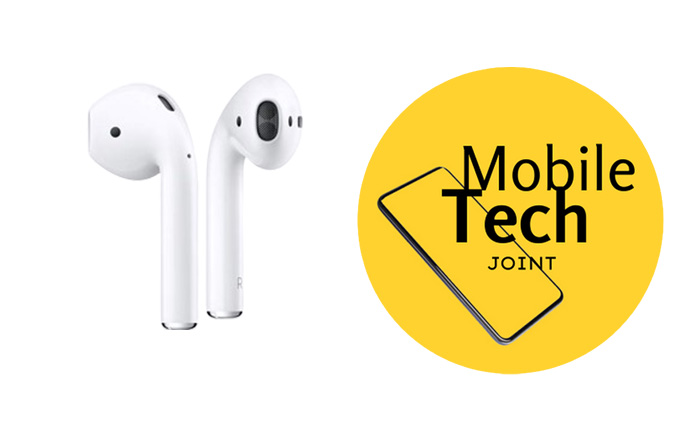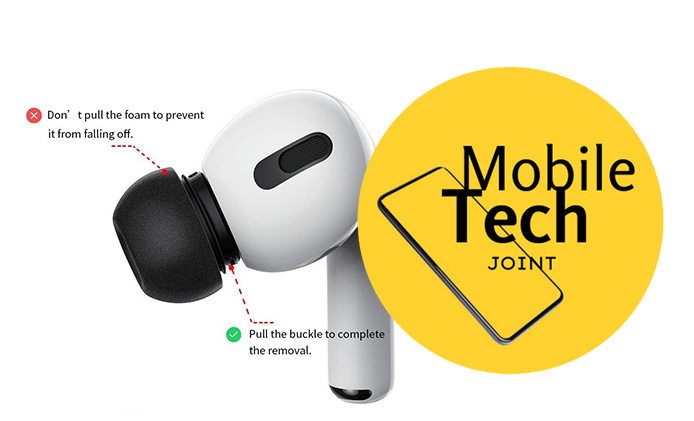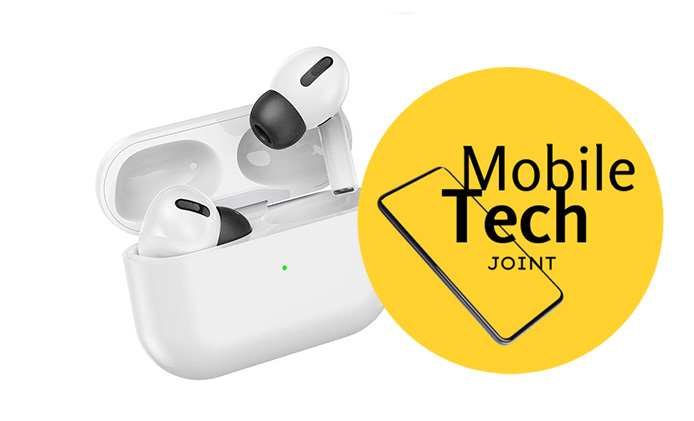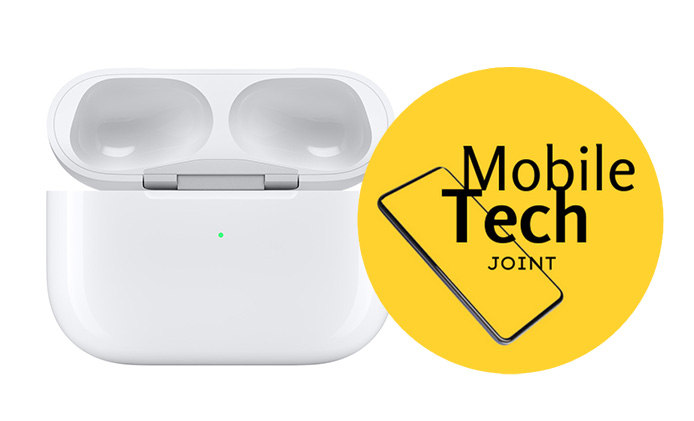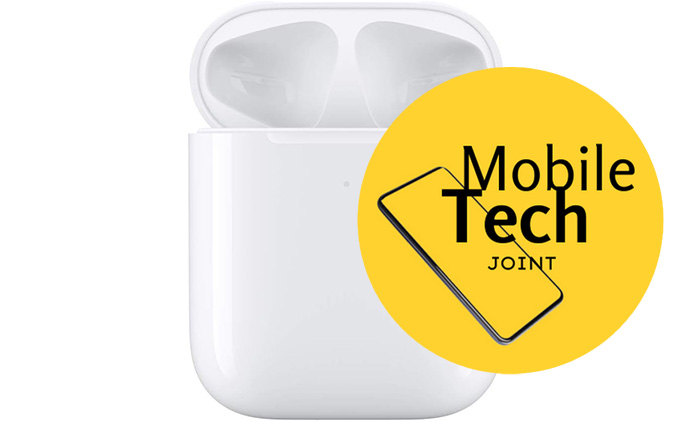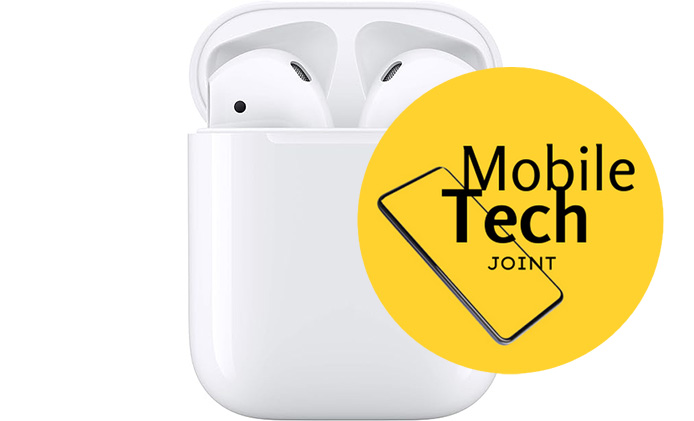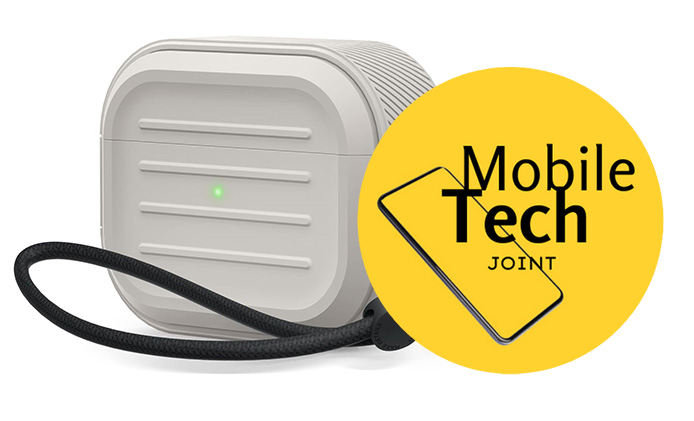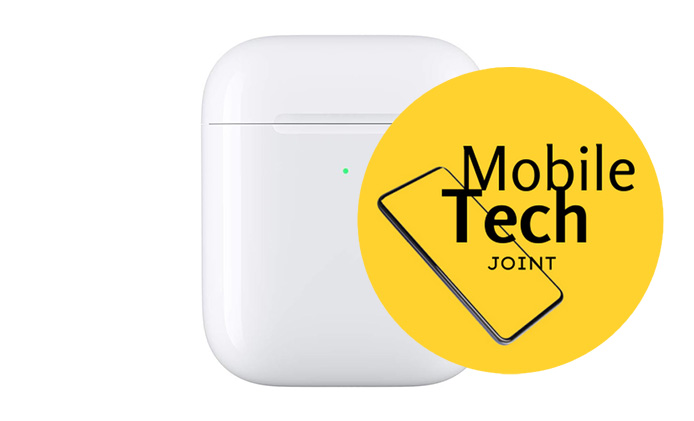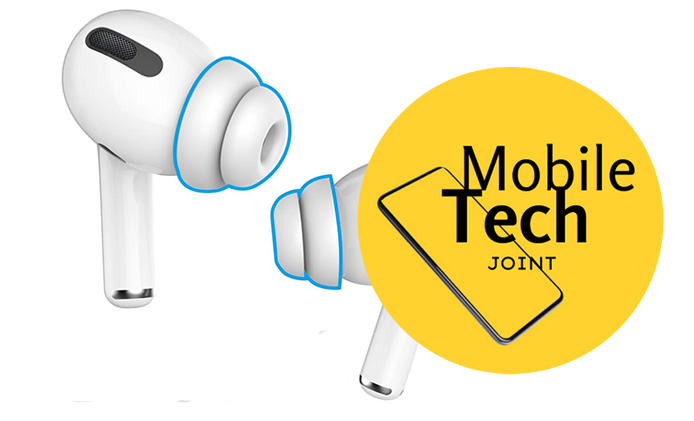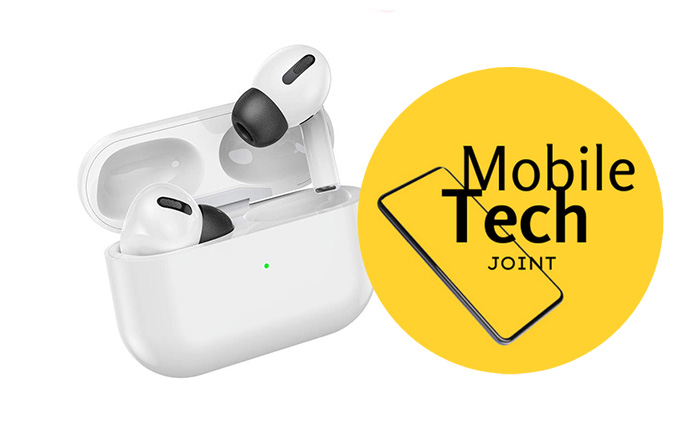
How Often Should You Update Your AirPod Pro Settings?
How often should you update your AirPod Pro settings? Keeping your AirPod Pro settings up-to-date ensures you maximize their functionality and enjoy the best possible user experience. Typically, you can update your AirPod Pro settings from time to time to ensure you are using the AirPod firmware version. Since Apple periodically releases firmware updates that improve performance, add new features, or fix bugs.
This regular maintenance can prevent issues from arising and keep your AirPods Pro in optimal condition. Here’s a detailed guide on when and why you should update your AirPod Pro settings.
1. After Firmware Updates
Frequency: As needed
- Reason: Firmware updates from Apple can introduce new features, improve existing ones, or fix bugs. After an update, review your settings to take advantage of any new options or enhancements.
2. When Experiencing Issues
Frequency: As needed
- Reason: If you notice connectivity problems, poor sound quality, or unresponsive controls, it’s a good time to review and possibly reset your settings to troubleshoot and resolve these issues.
3. When Changing Devices
Frequency: When paired with a new device
- Reason: Different devices (iPhone, iPad, Mac) may have unique settings configurations. Ensure your AirPods Pro settings are optimized for each device you regularly use.
4. With Significant Lifestyle Changes
Frequency: As needed
- Reason: Changes in your daily routine, such as starting a new workout regimen, changing jobs, or traveling more frequently, may necessitate adjustments to settings like noise cancellation, transparency mode, or gesture controls to better suit your environment and activities. For instance, you might want to tweak the noise cancellation or transparency mode settings to better accommodate your new environment or usage scenario.
5. Regular Maintenance
Frequency: Every few months
- Reason: Periodically reviewing your settings can help ensure they are still aligned with your preferences and needs. This is especially important as Apple may release updates or you might change how you use your AirPods Pro over time.
6. When Getting New Accessories
Frequency: As needed
- Reason: If you get new ear tips, cases, or other accessories, you might need to update your settings to ensure compatibility and optimal performance.
7. Personalized Sound Preferences
Frequency: As needed
- Reason: Your sound preferences might change over time. Regularly checking and adjusting settings like the Adaptive EQ or Ear Tip Fit Test can ensure you continue to enjoy the best possible audio experience.
Conclusion
Regularly updating your AirPods Pro settings ensures you are making the most out of your device. By staying attuned to firmware updates, troubleshooting issues promptly, adapting to lifestyle changes, and conducting periodic reviews, you can maintain an optimal and personalized listening experience.
Also Check:
